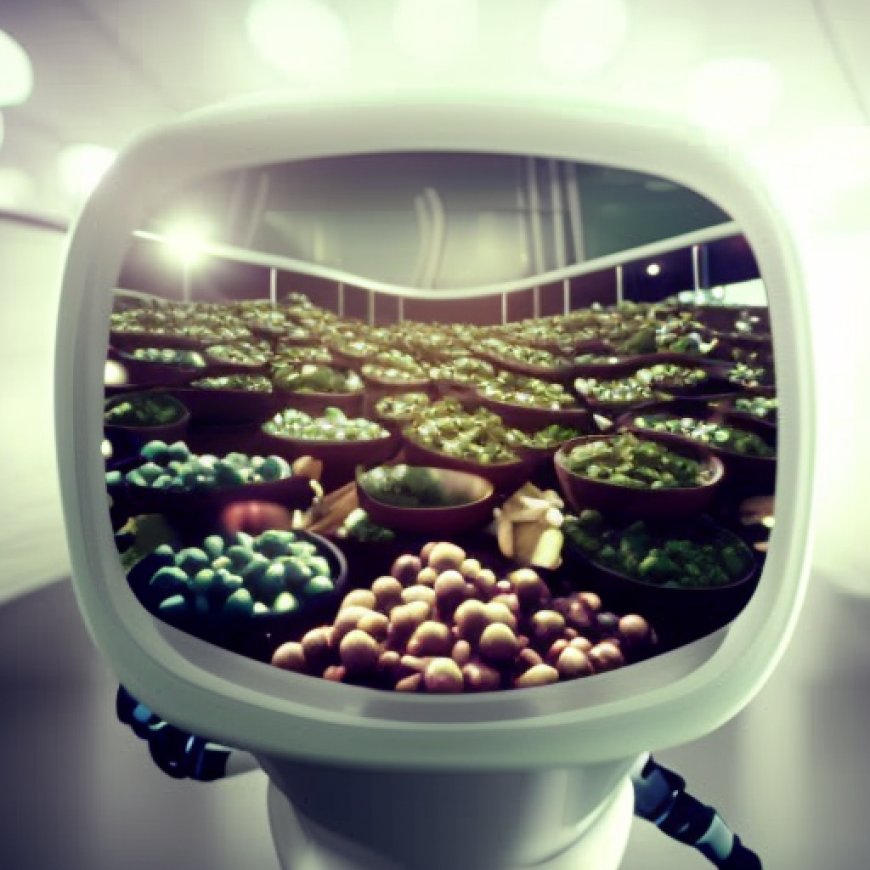Anaerobic Digestion (AD) Market to Experience Staggering Growth, Reaching US$18.5 Billion by 2026
Anaerobic Digestion (AD) Market to Experience Staggering Growth ... Digital Journal


PRESS RELEASE
Published September 25, 2023
The Global Anaerobic Digestion (AD) Market: A Sustainable Solution for Waste Management and Renewable Energy Generation
The global anaerobic digestion (AD) market is set to witness remarkable growth, with a projected valuation of US$18.5 billion by 2026, compared to its 2020 value of US$7.0 billion. This exceptional growth, forecasted at a CAGR of 17.7% during the forecast period, underscores the increasing demand for biogas through the anaerobic digester route.
Anaerobic Digestion: A Sustainable Waste Management Solution
Anaerobic digestion, a process widely adopted worldwide for waste stream management, has gained prominence due to its role in generating biogas, primarily composed of methane–a vital component of natural gas. Small-scale digesters are making significant contributions by converting livestock waste into biogas, thereby providing a sustainable source of fuel and electricity to rural farming communities. On a larger scale, industrial farms and communities are adopting anaerobic digestion systems to co-digest various organic waste sources.
Government Policies and Incentives Driving Market Growth
Favorable government policies and incentives are pivotal factors influencing the demand for biogas and the feasibility of AD projects. Governments around the world are increasingly turning to anaerobic digestion systems to achieve greenhouse gas (GHG) reductions within the agriculture sector, while simultaneously promoting renewable energy production and enhancing nutrient management practices.
Technological advancements in digester design, coupled with supportive regulations and incentives, are making AD a practical and cost-effective solution for both small and large-scale waste management and environmental challenges. Notably, countries that have made significant strides in anaerobic digestion have implemented policies recognizing biogas as a valuable asset, making it economically competitive with fossil fuel energy. Measures such as feed-in low tariffs, tax relief, grant schemes, and strict regulations against incineration or landfill disposal of organic waste have been instrumental in this regard.
Challenges and Opportunities
Despite the promising growth, the AD market faces challenges, including high capital and operational costs. Areas where improvements are sought include automation of plants, better understanding of the involved biological processes, and enhanced efficiency of existing Combined Heat and Power (CHP) engines. Raising awareness about methane emissions and the value of lost fuel, particularly in rapidly growing energy and waste sectors in countries like China, India, and Russia, remains crucial for future AD industry development. Additionally, inconsistent, complex, or poorly devised standards for connecting biogas-generated power to grids in various countries pose potential barriers.
Complete Mix and Flow Plug Digesters Dominating Market
In 2020, complete mix and flow plug digesters collectively held over 70% of the global anaerobic digestion market. These systems, while differing in design, adhere to the same fundamental principles, whether processing food waste, animal manure, or wastewater sludge. Complete mix digesters aim to maximize biogas production as an energy source, whereas plug flow digesters, characterized by minimal mixing, allow material to flow through as a plug without the need for mechanical mixing.
Europe Leads the Way with Advanced Digesters
Europe currently leads the global anaerobic digestion market, boasting an installed capacity of over 13 GW of anaerobic digesters in 2019. Germany stands out, contributing approximately 50% of biogas production in Europe. North America follows closely with more than 2 GW of installed anaerobic digestion capacity, including significant additions of biomass and biogas projects in the United States.
Asia Pacific hosts the largest number of anaerobic digester plants, albeit primarily small-scale, with over 6 million digesters in China and India alone. Europe boasts some of the most advanced anaerobic digesters, with many systems serving multiple livestock operators. The anaerobic digestion process is rapidly gaining traction in Africa, while biogas recovery is emerging in other regions worldwide. The growing demand for small-scale/micro-scale anaerobic digestion plants is expected to further boost market demand in the coming years.
Competitive Landscape
Key players in the anaerobic digestion market include Siemens AG, Veolia, 2G Energy AG, Vanguard Renewables, HoSt Holding B.V., Clearfleau Group Limited, GE, Clarke Energy, Voith GmbH & Co. KGaA, and WELTEC BIOPOWER, among others.
The global anaerobic digestion market is poised for substantial expansion, driven by the imperative to manage waste sustainably, reduce greenhouse gas emissions, and harness renewable energy sources. As governments and industries continue to recognize the value of biogas, anaerobic digestion stands as a pivotal solution to address waste management and environmental challenges while fostering sustainable energy generation.
Sources:
Trending Reports:
- Lubricants in Power Generation Market
- Carbon Dioxide Removal Market
- digitaljournal.com

Join us, as fellow seekers of change, on a transformative journey at https://sdgtalks.ai/welcome, where you can become a member and actively contribute to shaping a brighter future.







